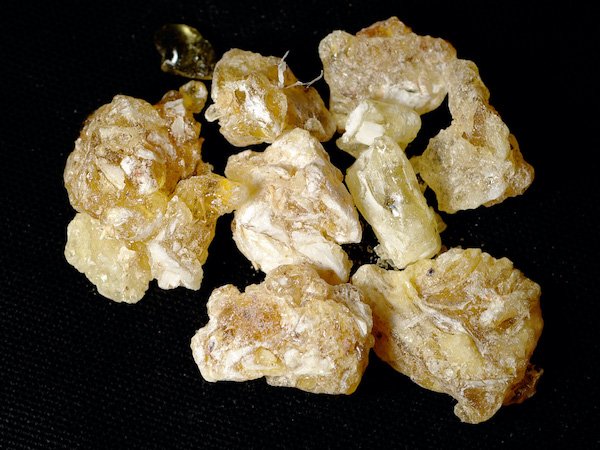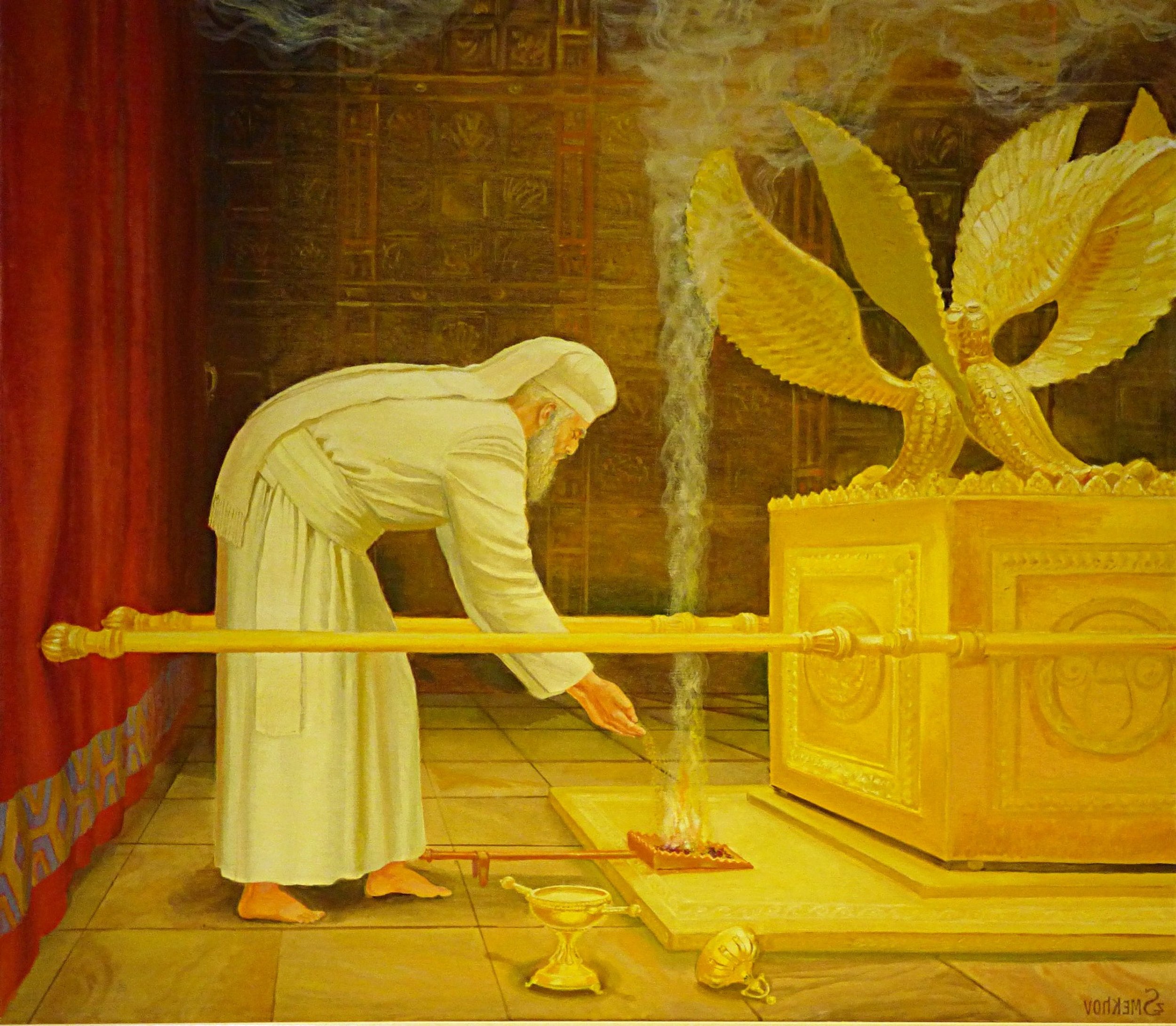We three kings of Orient are… drug runners. And not kings.
We three kings of Orient are
Bearing gifts we traverse afar.
Field and fountain, moor and mountain,
Following yonder star.
Ah-ah…
Ah, but are they really kings at all? The star only became “star of royal beauty bright” in church lore during the medieval period and only in Europe, as political power eclipsed wisdom as witness to Christ. In the iconography of the Eastern churches they remain Magi, dressed in Persian robes rather than kingly garb. ‘Magi’ is the only Persian word in the Gospel of Matthew, and it refers to the Zoroastrian priestly class. It seems that in ancient Zoroastrian legend the three gifts were presented to newborns in rites of divination, as in Tibet where auspicious objects are shown to a child by lamas seeking a newly reincarnated avatar.[i] If the child chose the gold, it would foretell of political power. If frankincense, he was destined for a priestly life.
Frankincense
Frankincense to offer have I,
Incense owns a Deity nigh
Frankincense - from Wikipedia
Many deities have favoured frankincense over the centuries. Before Yahweh it was burned to Ba’al of the Canaanites, and before then in Egypt it was burned to Ra and Horus. A gift of kings, this extraordinary resin was expensive enough to justify a six month, 1,500 mile camel trek from Oman to Palestine across robber-infested deserts.[ii] That would be a lot of trouble to go to for a posh whiff, but then there is more to frankincense than its fragrance. As well as its medical applications for skin complaints, wounds and other conditions, the resin contains dehydroabietic acid, which works on GABA receptors.[iii] These are the most common receptors in the brain, found on 40% of neurons.
Frankincense is classed as a tranquilizer – as is Valium which also works on the GABA system. Valium has a certain appeal around Christmas time, as innocent Christians are exposed to their families, but frankincense appeals in a different way, for tranquilizers do more than merely make one tranquil. Such simplistic classifications can mask the complexity of the substances. Other interesting chemicals present include incensole acetate, with its potent actions on the TRPV3 ion channel. This channel is found on the skin, where it is involved in temperature sensation. It is also widely distributed in the brain, but its functions there remain a mystery.[iv]
Don’t read this - my journal article here is better
Myrrh
More myrrh, vicar?
According to legend, the child who passed over the gold and frankincense to select bitter myrrh would become a healer – a true child of the divine healer Zoroaster. As well as a wide range of actions on the immune, digestive and respiratory systems, myrrh does things to the brain.[v] Its terpenes are mu- and delta-opioid agonists, working on the same system as opium.[vi] It also contains eugenol, from which MDMA can be synthesized.[vii] Like MDMA, myrrh inhibits GABA receptors and increases both dopamine and fun times.[viii]
Myrrh, like frankincense, was commonly combined with wine. The mulled wine drunk at Christmas time usually contains nutmeg, cloves or cinnamon, all of which contain eugenol; why not treat Santa this year by massively increasing the dosage? Resins infused in wine have a certain class to them, though there is no pharmacological reason why you can’t snort the gifts of the Magi off a nightclub toilet. Jesus was offered myrrh in wine at his crucifixion, and in the Catholic church the medicine took on overwhelmingly morose connotations:[ix]
Myrrh is mine: Its bitter perfume
Breaths a life of gathering gloom.
Sorrow, sighing, bleeding, dying,
Sealed in a stone-cold tomb.
In other cultures, myrrh was not just for the dying but for the living and those living it up. Both the Romans and the Israelites knew it as an aphrodisiac:[x]
“I have perfumed my bed with myrrh, aloes and cinnamon. Come, let us take our fill of love until morning; let us delight ourselves with love.
- Proverbs 7
Plenty of trippy plants in the Bible
The Song of Songs describes myrrh and frankincense growing together in a paradisiacal garden:
Thy plants are an orchard of pomegranates, with pleasant/precious fruits; henna, with spikenard. Spikenard and saffron; cane and cinnamon, with all trees of frankincense; myrrh and agarwood, with all the chief spices.
- Song of Songs 4
An orchard of delicious pomegranates
Eight of the nine plants listed have been identified, and all of them are edible. All but one are known to alter brain chemistry, classed as hypnotics, stimulants, seretonin-boosters and memory aids. There is also a good case to be made that the unidentified kaneh bosm that sounds like cannabis is indeed cannabis.[xi]
Exodus describes several recipes combining these plants for consumption. The holy anointing oil synergizes several allylbenzene compounds that are psychedelic but quickly metabolized, together with a range of enzyme inhibitors acting to unlock the psychoactive effects.[xii] It is called shemen ha-mishchah, where mashach means to wipe or paint, and thought to be the root of the word ‘massage’; it seems that it was a massage oil.[xiii] [xiv] A similar recipe compounded in Egypt was used as a massage oil for Pharaoh. [xv] In the Tabernacle the Israelite king was anointed, and it appears to have had quite a kick:
Then Samuel took the horn of oil, and anointed [or massaged] him in the midst of his brethren: and the Spirit of Yahweh came upon David from that day forward.
- 1 Samuel 16:13
Massaged with shemen ha-mishchah, the King of the Jews came to know Yahweh, and became ‘the anointed one’ or mashiyach. The English equivalent is messiah, though its meaning has changed completely.
The priests were also anointed “that they may minister unto Me [Yahweh] in the priest’s office”[xvi] For everyone else it was a mortal taboo.
If the experience of Yahweh can be induced by a psychoactive concoction, does that make the deity a by-product of psychopharmacology? Or does the pharmacology merely bring Him into focus, as my spectacles bring a friend’s face into focus? These questions, and many more, can be answered by mixing up the medicines and asking Him yourself – though He might wax wrath at the impertinence.
The power dynamics around power plants changed at the beginning of the Common Era, when another Messiah dubbed “King of the Jews” took the holy oil away from the elites and shared it with commoners:
The Chrism [the rite of anointing] is superior to baptism, for it is from the word “Chrism” that we have been called “Christians,” certainly not because of the word “baptism”. And it is because of the Chrism that “the Christ” has his name. [xvii]
Well I wish it could be Christmas every day…
Another recipe is an incense which contained at least ten psychoactive compounds, according to the Talmud. The Bible gives detailed instructions on how to smoke it (alone and by the handful, in a censor in a 4½m2 tightly-sealed chamber at the back of the Tabernacle, before talking to angels).[xviii]
Like this, except the veil is as thick as a man’s hand to seal the chamber
The Good Book is full of such preparations, and I’ve written another good book by the name of Neuro-Apocalypse, which describes them and much besides. My apocalypse is not just for Christmas, but it looks pretty hot in stockings the morning after a night of overindulgence.
Here‘s a review from the Blog of Baphomet, and here are some on Amazon.
NOTES:
[i] In Xanadu: A Quest Dalrymple, W. (New York, 2012) chapter 4
[ii] Sacred Signs Guardini, R. (Branham, G. trans) (St. Louis: 1956) Section on incense
[iii] Identification of dehydroabietc acid from Boswellia thurifera resin as a positive GABAA receptor modulator Rueda, D. C. et al Fitoterapia Vol. 99, December 2014, pp. 28–34
[iv] Incensole acetate, an incense component, elicits psychoactivity by activating TRPV3 channels in the brain Moussaieff, A. et al August 2008 The FASEB Journal Vol. 22 no. 8 pp. 3024-3034
[v] Analgesic effects of myrrh Dolara, P. Nature 379, 29 (04 January 1996)
[vi] Characterisation of the action on central opioid receptors of furanoeudesma- 1,3-diene, a sesquiterpene extracted from myrrh Dolora, P. et al (1996) Phytotherapy Research, Vol. 10, pp. S81-S83, ISN:0951-418X
[vii] Comparative study on the effect of cinnamon and clove extracts and their main components on different types of ATPases Usta, J. et al. Hum Exp Toxicol. 2003 Jul;22(7) pp. 355-62
[viii] Modulation of methylenedioxymethamphetamine-induced striatal dopamine release by the interaction between serotonin and gamma-aminobutyric acid in the substantia nigra Yamamoto, B. K. et al J Pharmacol Exp Ther 1995 Jun;273(3): pp. 1063-70
[ix] Mark 15:23
[x] Fulgentius the Mythographer (Whitebread, L. G. trans.) (Ohio: 1971) p. 92
[xi] Neuro-apocalypse, by me
[xii] Exodus 30:22-25
[xiii] Strong’s Expanded Exhaustive Concordance of the Bible Strong, J. (Nashville: 2009) Numbers 4886
[xiv] The American Heritage Dictionary Semitic Roots Appendix II Retrieved on 6 September 2015 from https://www.ahdictionary.com/word/semitic.html
[xv] The Seven Books of Paulus Aegineta Vol. 3 (Francis, A. trans) (London: 1847) p. 595
[xvi] Exodus 30:30
[xvii] The Gospel of Philip (Isenberg, W. W. trans.) Retrieved on 27 September 2015 from www.gnosis.org/naghamm/gop.html
[xviii] Exodus 25-28
2016 was nuts.
It is a good time to be writing apocalyptic books.






